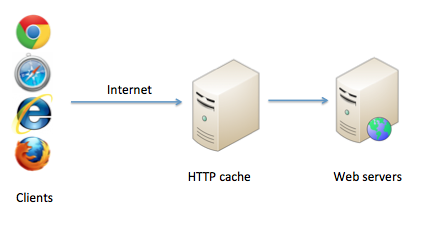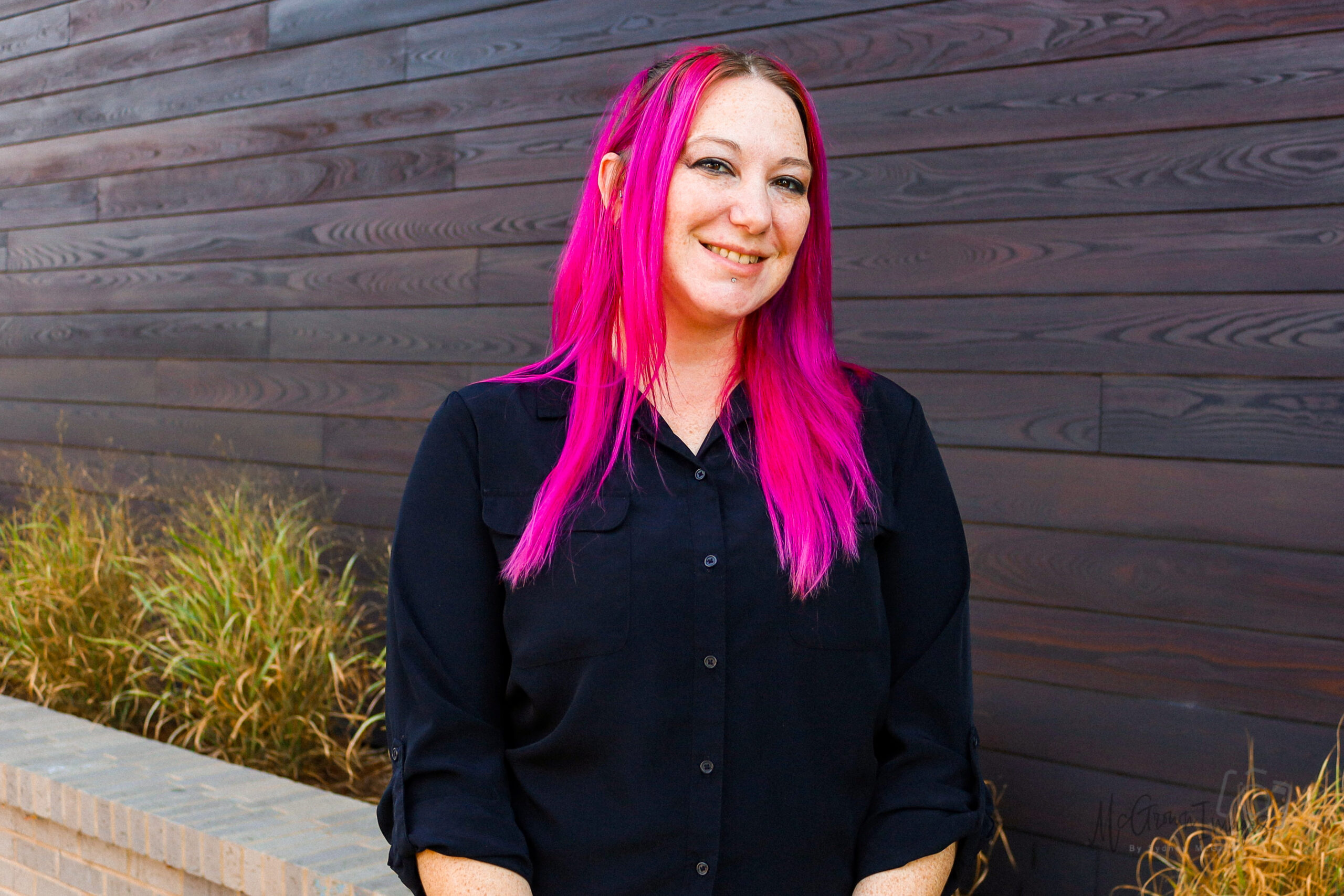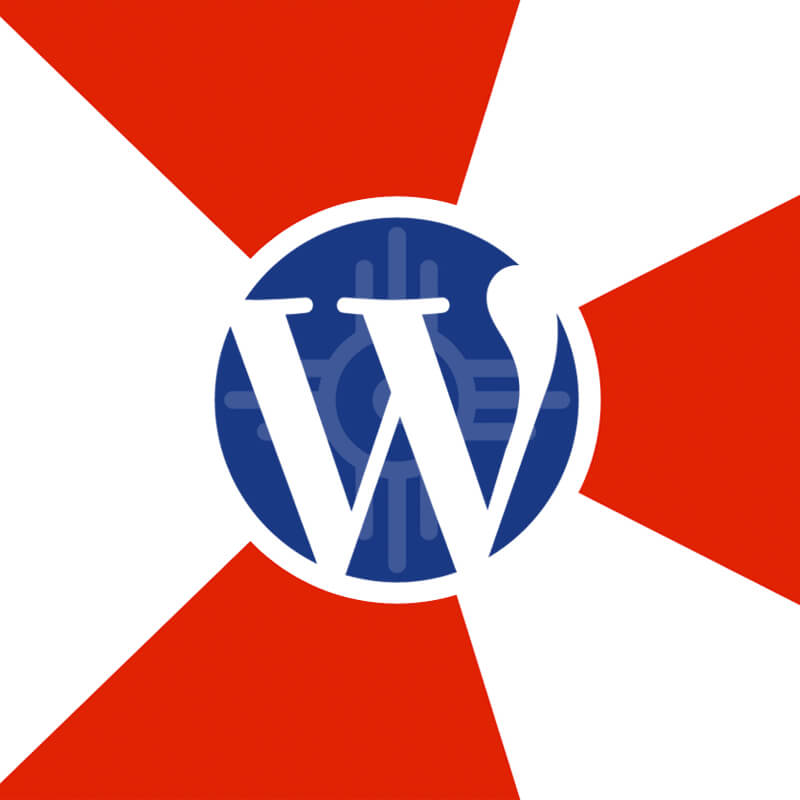“Try clearing your cache” is somewhat of a catch phrase for web developers, and is often given when a user encounters a problem on a web page. We’ll look at to why that is and how exactly clear the cache.

What is Browser Cache?
Cache exists because of a basic assumption that browser developers have made: Your internet connection is slower than your computer. Basically what that means is that it is faster to retrieve something from your hard drive than it is to get it from the internet.
Browser developers noticed that a common trend with websites is to have the same elements in the same location on all pages. So, instead of trying to download these elements every time you went to a separate page, it would be easier, and more efficient, to download the elements and just keep them to use again. That is what browser cache is used for. A cache is nothing more than a place on your hard drive where the browser keeps the elements that it has downloaded, in case they are needed again.
In theory, this sounds like a great idea. But when websites make changes to their designs, the cache doesn’t always update right away and you are left viewing an older version of the site. So, if you are a business owner and ask you developer to make a change, and you don’t see it right away you may just need to clear your cache.
How to Clear Your Cache
Each browser has a different method for cache clearing. We will go over how to clear the cache from the most popular browsers. An empty cache will ensure that the browser will download a fresh copy of everything you will need to see on each page.
Internet Explorer
- To clear the cache on Internet Explorer, start by clicking on the “Tools” menu. You can also click on the gear icon located in the upper right of the Internet explorer window.
- Next, go to the “Internet Options” menu item. In the following box, under “Browser History” click on the “Delete” button.
- In the following “Delete History” dialog, you want to find the “Temporary Internet files and website files” item that specifically refers to the browser cache and check it. There are a number of other items that you can select or deselect as needed
- 4. Once all options have been selected/deselected, click on the “Delete” button. Your Browser Cache is now empty.
Firefox
- Click on the hamburger menu located in the upper right of the browser screen, and then click on “History”
- In the following dialog box, click on the “Recent History” item.
- Next, change the “Time range to clear” to be “Everything”, and then make sure only the “Cache” option is checked.
- Finally, click “Clear Now”, Your Cache is now empty
Chrome
- Open up chrome and click on the hamburger menu located at the top right of the window. Then click on “Settings”.
- On the following page, click on the “Show Advanced Settings” tab. This will be located towards the bottom of the page.
- Under “Privacy”, click on “Clear Browsing Data”.
- Next, make sure that “Cached Images and Files” is checked (you can also check the other options as needed).
- Also, make sure that the “Obliterate the following items from:” drop-down menu is set to “the beginning of time” to clear the entire cache.
- Click on “Clear Browsing Data”.
Shortcode
You can also use a shortcode to clear your cache. This shortcode works in all browsers.
- Windows: Hold down Ctrl and press F5.
- Mac: Hold down ⌘ Cmd and ⇧ Shift key and then press R.






Really useful article. Ill be clearing my cache now